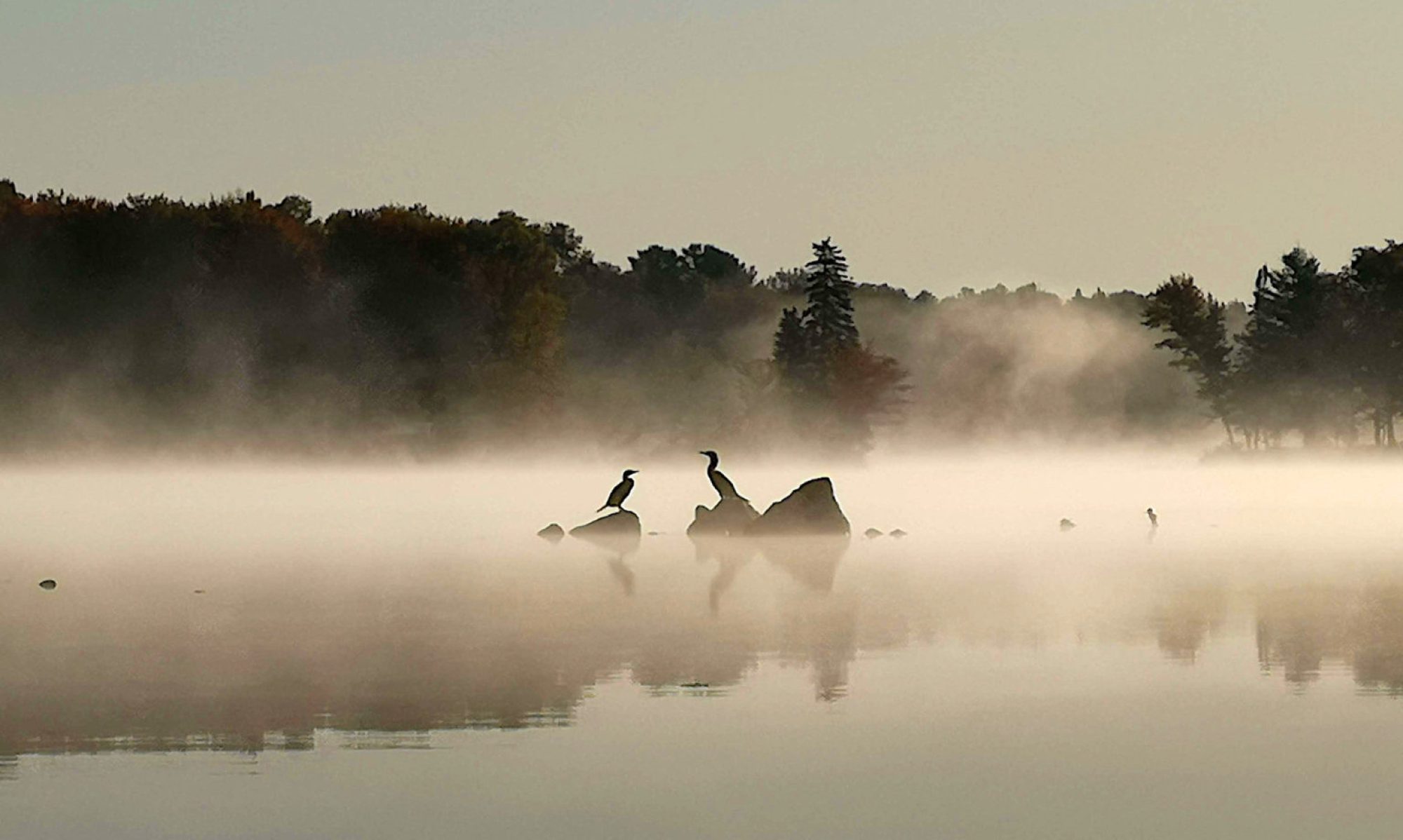
Thanks to the popularity of the musical Hamilton, by Lin-Manuel Miranda, plenty of people know the role that the eponymous legislator played in the creation of the United States, before he was killed during a duel. They may even know that he helped create the idea of a central bank, as the nation’s first Treasury Secretary. But what is probably less known is how his rival, Aaron Burr, had almost as long-lasting and important a legacy in banking — one that relied on assistance from Hamilton — but his began with a bit of misdirection. As this short history details, the result was what became Chase Bank:
In the late 1790s, following the new US Constitution’s adoption, New York City was enjoying a period of commercial growth and expanding population. These increases didn‚Äôt come without a price, however, and one of the most vexing problems the city faced was the lack of clean water. Aaron Burr observed the need for a healthy water supply and devised a plan to employ the local demand for water into a vehicle he could use to enrich himself.
He proposed the creation of a private company — the Manhattan Company — that would provide clean water for street cleaning and firefighting as well as the infrastructure for the project by laying pipes. Burr’s Manhattan Company ultimately won approval from the state Legislature. However, Burr’s plan was an artifice and a ruse. What he really wanted to do was start a bank; hence, just before his Manhattan Company was approved, Burr inserted a clause in the bill giving his company sweeping powers to use surplus capital to function as a bank.
After Burr’s Manhattan Company achieved incorporation, it quickly began to engage in the banking business and operated under that name until it merged with Chase Bank in the early 1950s. After a series of subsequent mergers, beginning in the early 1980s and culminating with the union of the JPMorgan and Chase banks, JPMorgan Chase became the largest bank in the United States
